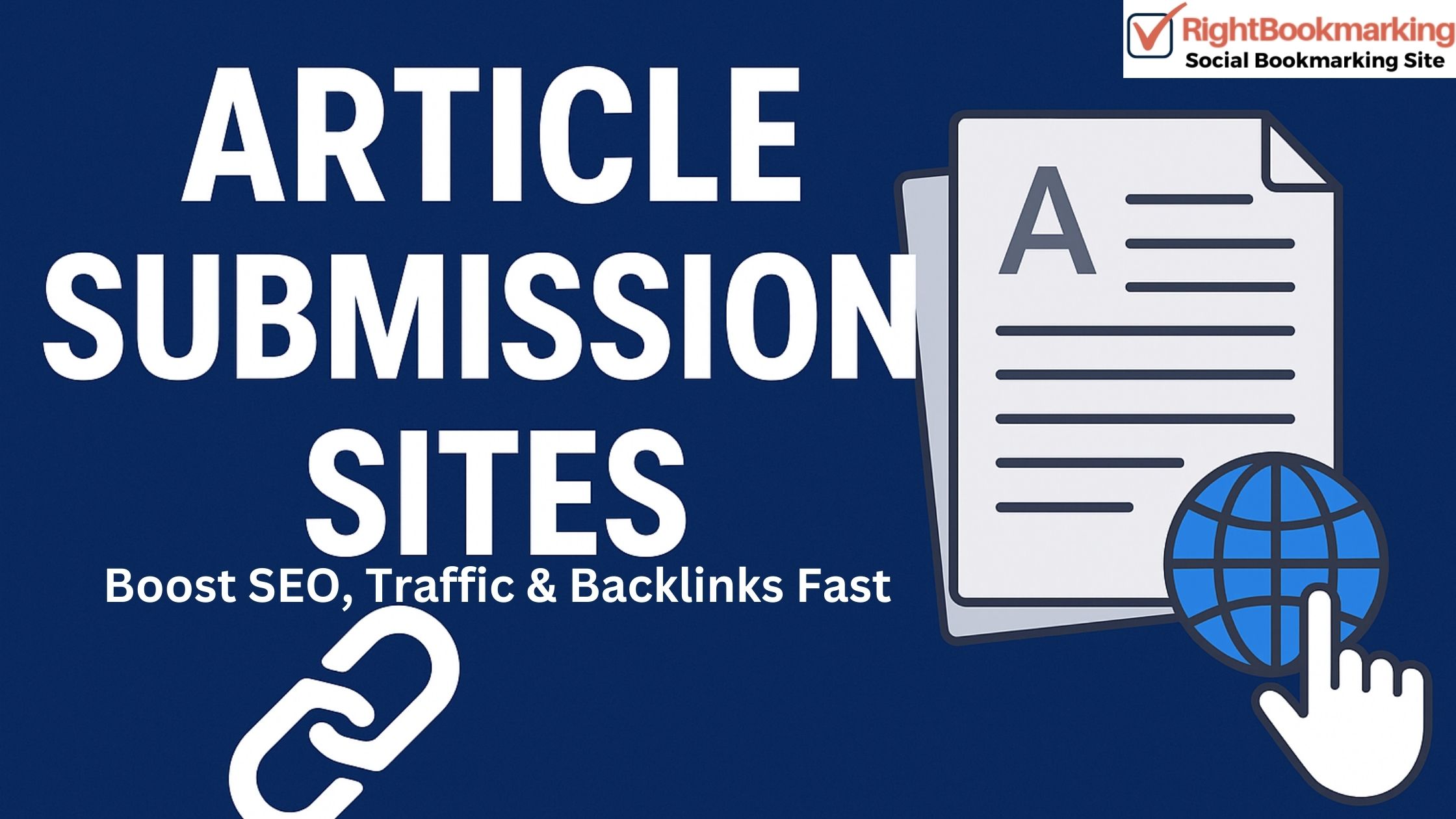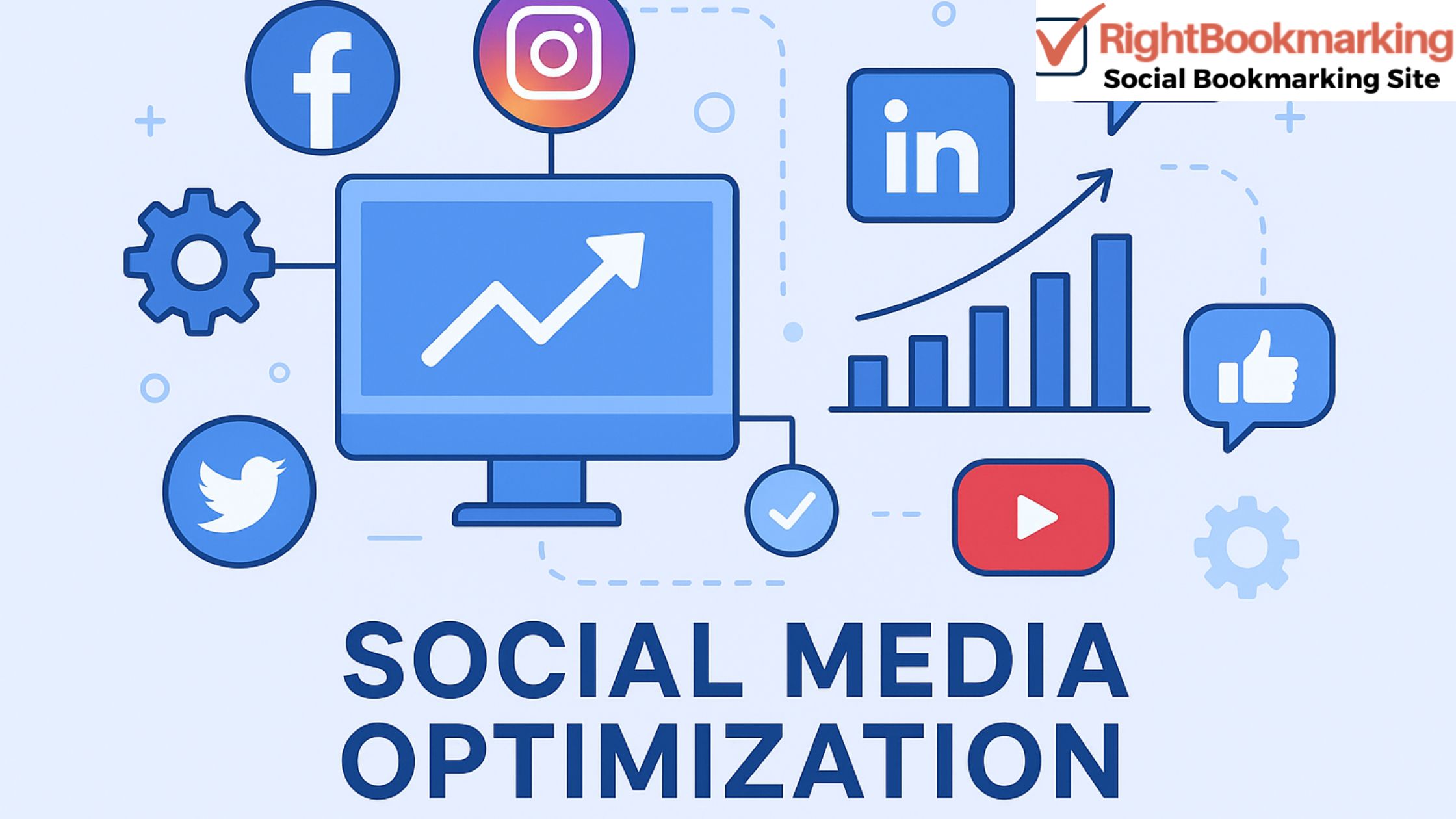If you wish to rank higher on Google in 2025, you must know how Google determines which pages appear first. They are referred to as Google ranking factors, and they have a significant impact on how much traffic your site receives.
In this blog, we will deconstruct the top 20+ most significant Google ranking factors, describe how they function, and how you can leverage them to enhance your SEO.
Here we go!
Top 20 + Google Ranking Factors That Will Increase Your Traffic:
- High-Quality Content
- Search Intent Match
- Mobile-Friendly Design
- Page Load Speed
- Core Web Vitals
- Backlinks from Trusted Sites
- Internal Linking Structure
- User Experience (UX)
- Secure Website (HTTPS)
- Domain Authority (DA)
- Keyword Optimization
- Meta Tags
- Content Length and Depth
- Freshness of Content
- Image Optimization
- Structured Data (Schema Markup)
- Dwell Time and Bounce Rate
- Voice Search Optimization
- Local SEO Signals
- Social Signals
- E-E-A-T (Experience, Expertise, Authority, and Trust)
What are Google Ranking Factors?
Google ranking factors are guidelines or signals that Google applies to determine where a website should rank in search. There are numerous ranking factors, but only a handful have a significant influence. These are the ones that clever marketers concentrate on.
Top 20 + Google Ranking Factors in 2025
1. High-Quality Content
Google puts websites higher when their content is informative, original, and useful. In 2025, such content does the best job of explaining experiences, answering questions, and remaining fresh. Avoid copying other people.
Make it easy to understand, provide examples, and add value. Properly written blogs, guides, and tutorials demonstrate expertise and establish trust. Google's E-E-A-T (Experience, Expertise, Authority, Trust) rules support this. To rank well, write for humans first and then for search engines second.
2. Search Intent Match
Google is intent on providing users with what they're seeking. If someone types in "best running shoes," they want product reviews, not a history of shoes. Aligning the search intent—informational, transactional, or navigational—is essential.
Your content must fix the very same problem that the user is seeking to fix. Employ keywords and questions that illustrate their needs. Knowing user intent makes your content more relevant and one that will rank higher.
3. Mobile-Friendly Design
Most of your users are browsing on mobile phones. Google is now using mobile-first indexing, so it indexes your mobile site first when ranking. If your website isn't mobile-friendly—slow load speeds, tiny fonts, or difficult navigation—it can damage your SEO.
A responsive layout, clear fonts, and quick mobile load speeds are a must. Check your website on various screen sizes and devices. A great mobile experience will decrease bounce rates and retain users longer.
4. Page Load Speed
A speedy site keeps visitors satisfied and enhances SEO. Google regards slow sites as bad experiences. Users will leave if your site loads longer than 2–3 seconds. Utilize resources such as Google PageSpeed Insights or GTmetrix to discover what's holding up your site.
Optimize images, minimize code, and host with a speedy provider. A fast site not only ranks higher but also enhances user satisfaction and engagement.
5. Core Web Vitals
Core Web Vitals are three important metrics that indicate the speed and stability of your website:
LCP (Largest Contentful Paint) – it measures the loading time.
FID (First Input Delay) – it measures responsiveness.
CLS (Cumulative Layout Shift) – it tests page stability.
In 2025, Google employs these to evaluate how pleasant your site is to use. Speed up your site, make it responsive and smooth. Rectify layout shifts and lag that annoy people. Improved performance increases rankings and user trust, and important part of Google ranking factors.
6. Backlinks from Reliable Sites
Backlinks are links from other sites to yours. Google considers them like votes of confidence. If high sites link back to your content, Google will consider it valuable and trustworthy. Aim to get high-authority, relevant sites' links. Stay away from spammy or paid links.
You can get backlinks with guest posts, content sharing, and by writing helpful, link-worthy content. Fewer high-quality backlinks are preferable to many low-quality ones.
7. Internal Linking Structure
Internal links link from one page of your site to another. This makes it easier for Google to crawl your site and see how your content relates to each other. It also engages users on your site longer by taking them to related articles.
Use keyword-rich anchor text to link to significant pages. A solid internal structure enhances SEO and provides a better experience for your users. Don't do too much—keep things natural and useful.
8. User Experience (UX)
Google monitors how users interact with your website. If they remain, navigate, and click around more, Google considers your content valuable. If they exit abruptly, it's a bad sign. Clutter-free layout, simple navigation, easy-to-read content, and quick loading all enhance the user experience.
Incorporate useful imagery, use plain headings, and steer clear of pop-ups. Good UX results in superior engagement, which results in better rankings.
9. Secure Website (HTTPS)
Google favors secure sites with HTTPS encryption. It protects user information and establishes trust. If your site is still on HTTP, it's time to change. You can obtain an SSL certificate from the majority of web hosts, frequently for free.
A safe website not only improves ranking but also reassures visitors that their data is secure. Google labels unsafe sites with a warning, which will frighten visitors away.
10. Domain Authority (DA)
Although DA is never a formal Google ranking signal, it's a helpful metric. It was created by Moz, and Domain Authority calculates your site's potential to rank. The greater your DA score, the better your backlinks, content, and overall credibility.
Google trusts old domains with a solid backlink profile. Increase your authority by gaining links, making good content, and contributing actively to your space.
11. Keyword Optimization
Google must know what your page is about. Place the main keyword in the title, meta description, headers, and URL. Add LSI keywords—connected words and phrases—to provide context. But don't keyword stuff.
Write naturally. Keyword optimization assists Google in mapping your page to search queries. Be clear and relevant. An optimally optimized page informs Google precisely what it has.
12. Meta Tags
Meta titles and meta descriptions are what appear on Google before someone clicks, and are an important part of Google ranking factors. They inform search engines and readers about your page's content. Put your target keyword in there and make it catchy.
Keep the title below 60 characters and the description below 160. Good meta tags enhance your click-through rate (CTR), which can affect your rankings in the long run.
13. Content Length and Depth
Longer content tends to rank better if it's useful. An article of 1500–2000 words that addresses all user queries, provides examples, and sources proves authority. It also engages users for longer. But don't fill space. Each sentence has to be of value.
Write from every aspect of the topic, provide FAQs, and use headings to segment. This creates trust both with Google and with readers.
14. Freshness of Content
Google likes fresh content, particularly for quickly changing subjects. Update your blog entries constantly with fresh stats, pictures, links, and illustrations. Demonstrate to Google that your website is dynamic and current.
When you update your site, set the publication date. This indicates that your articles are new, which keeps or increases your ranking.
15. Image Optimization
Photos must be quick to load and assist in clarifying your content. Provide simple file names and use keywords in alt text to enhance accessibility and SEO.
Optimize images to load faster. Optimized photos may also appear in Google Images and drive additional traffic. Make sure your images are always visible on mobile devices as well.
16. Structured Data (Schema Markup)
Schema markup is code that you insert into your site to assist Google in better understanding your content. It can bring rich results such as stars, prices, and FAQs into the search listings.
This enhances visibility and CTR. Insert it using tools such as Google's Structured Data Markup Helper. The schema types that are most common are articles, products, reviews, and events.
17. Dwell Time and Bounce Rate
Dwell time is the amount of time users spend on your page. More time generally indicates useful content. A high bounce rate (bailing quickly) can negatively impact your rankings.
Engage your readers with pictures, simple navigation, and similar articles. Begin with an effective hook and solve the major question immediately to attract users. They are both the most important part of Google ranking factors.
18. Voice Search Optimization
An increasing number of people are utilizing voice assistants such as Siri and Alexa. The searches are more conversational and also in question format. Use long-tail keywords and concisely provide answers.
Having an FAQ section is beneficial. Voice search optimization future-proofs your content and can increase your chances of ranking in position zero (featured snippets).
19. Local SEO Signals
If your company operates within a local area, local SEO is essential. Claim and optimize your Google Business Profile. Ensure your name, address, and phone number (NAP) are consistently identical across platforms. Get customer reviews, incorporate local keywords, and list in directories. These actions increase the likelihood of appearing in the local pack results.
20. Social Signals
Social media likes, shares, and comments will not necessarily impact rankings but will drive traffic and backlinks. A viral post can generate more visibility, mentions, and links. Post on Facebook, Twitter, LinkedIn, and Pinterest. Ask readers to share and engage. Good social engagement complements your overall SEO strategy.
Submission You Will Like:
Top 50 PDF Submission Sites List
Latest Do-Follow Social Bookmarking Sites List
Top 70 Image Submission Sites with High DA & PA
Free Article Submission Sites List Instant Approval
Top 30 PPT Submission Sites in India
Top 50+ Infographic Submission Sites
21. E-E-A-T: Experience, Expertise, Authority, and Trust
Google uses E-E-A-T to decide if your content is reliable. This means your website should show:
Experience (real-world use or knowledge),
Expertise (you know your topic),
Authority (others trust and reference you),
Trust (your site is safe, honest, and clear).
To boost E-E-A-T, share author bios, show credentials, use secure HTTPS, and link to trusted sources. Google ranks content higher when it comes from people or businesses they believe in.
Final Thoughts
Google ranking factors in 2025 are all about being user-centered, relevant, and helpful.

.jpg)


